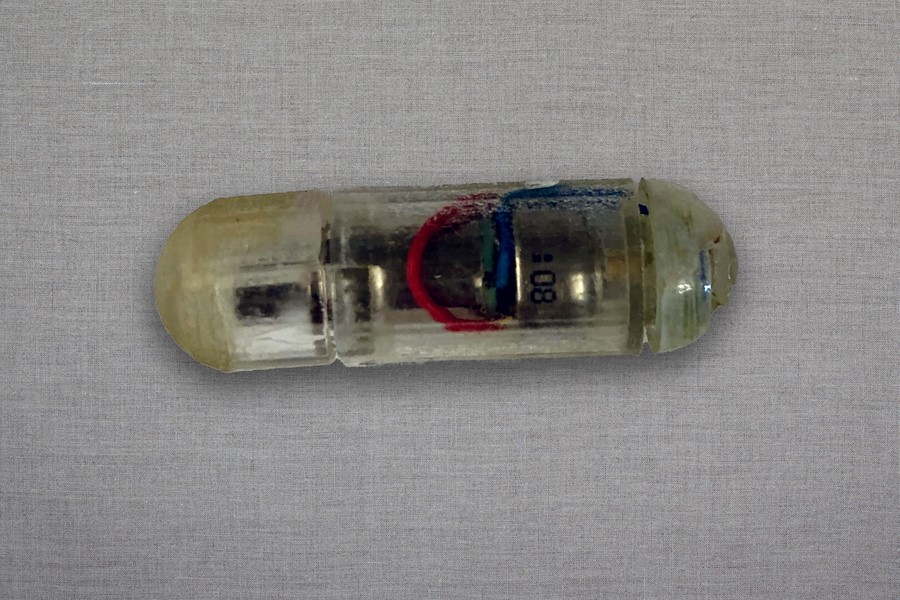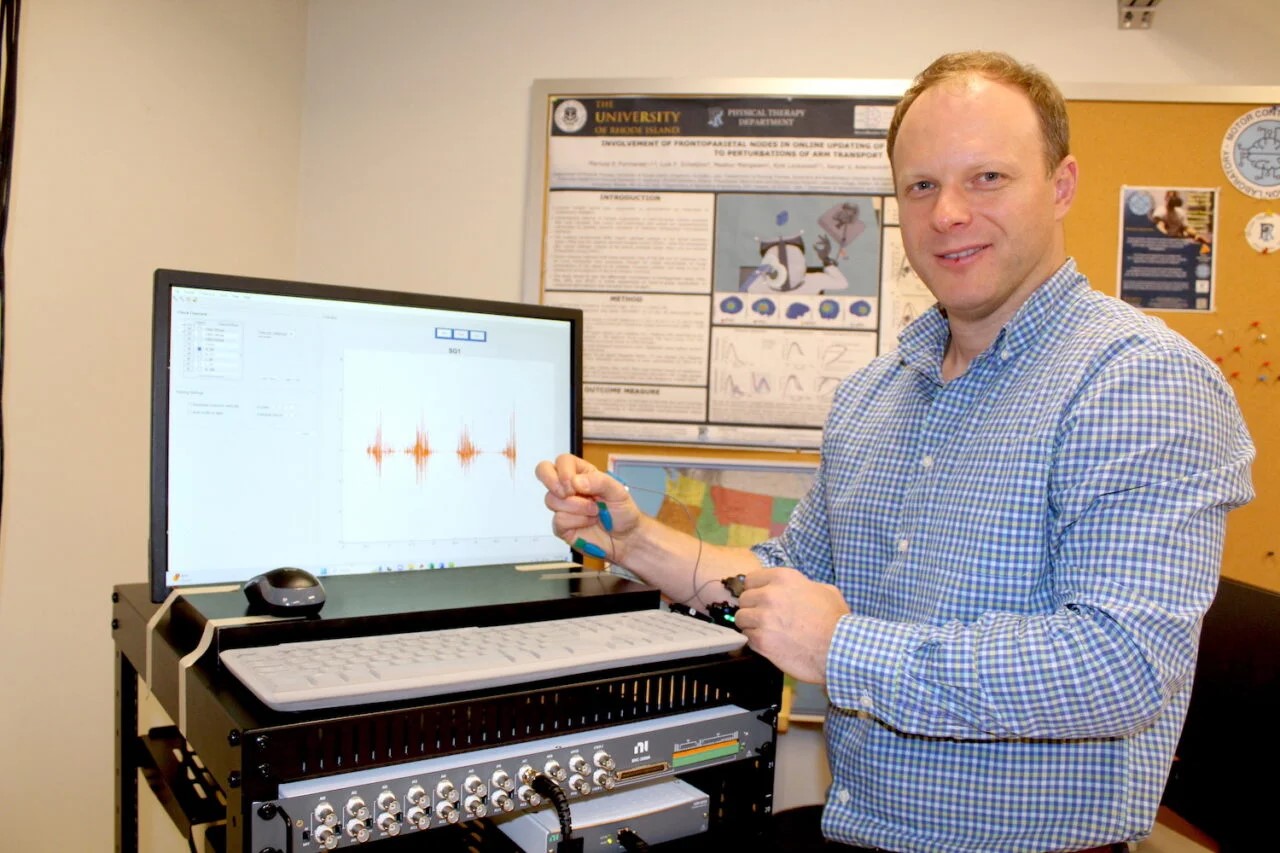MIT's Vibrating Pill Offers a New Approach to Appetite Control
MIT engineers have developed an innovative approach to weight management with an ingestible capsule that harnesses the power of stomach vibrations. The capsule, about the size of a multivitamin, vibrates within the stomach to activate stretch receptors, creating a false sense of fullness. In animal studies, this technique not only stimulated the release of satiety hormones but also led to a significant reduction in food intake, offering a potential solution for obesity treatment.

Figure 1. Vibrating Pill. (Credit: Courtesy of the researchers, MIT News)
Figure 1 shows the current version of the pill is designed to vibrate for about 30 minutes after arriving in the stomach, but the researchers plan to explore the possibility of adapting it to remain in the stomach for longer periods of time, where it could be turned on and off wirelessly as needed.
The Science Behind the Pill
The stomach's mechanoreceptors, which sense stretching, send signals to the brain when the stomach is distended. This triggers the release of hormones that promote fullness and reduce hunger. The vibrating pill aims to mimic this process by artificially stretching the mechanoreceptors, thereby inducing a sense of fullness. The capsule contains a vibrating element powered by a small battery, and once it reaches the stomach, gastric fluids dissolve a membrane, activating the vibrating motor.
Study Findings
In animal studies, the researchers observed a 40% reduction in food intake when the pill was activated 20 minutes before eating. Hormone levels mirrored those seen after a meal, even in fasting animals. The animals treated with the vibrating pill also gained weight more slowly. Importantly, the pill passed through the digestive tract without causing any adverse effects, such as obstruction or perforation.
Potential Benefits and Applications
The vibrating pill presents a non-invasive alternative to current obesity treatments, which often involve surgery or injectable drugs. The researchers believe this technology could be a cost-effective solution that is accessible to a broader population. Unlike many existing interventions, the pill could be manufactured at a reasonable price, potentially transforming care and therapy, especially in global health settings where sophisticated or expensive options may be limited.
Future Directions
While the current version of the pill vibrates for approximately 30 minutes, the researchers aim to explore adaptations for longer periods. They also plan to scale up manufacturing for future clinical trials in humans to assess safety, optimal administration timing, and frequency. The research was supported by various entities, including the National Institutes of Health, Novo Nordisk, and the National Science Foundation.
Conclusion
MIT's vibrating pill introduces a promising avenue for weight management by leveraging the body's natural mechanisms. If future research supports its safety and effectiveness in humans, this technology could offer a minimally invasive and affordable option for those looking to control appetite and manage obesity.
Source: Massachusetts Institute of Technology
Cite this article:
Hana M (2023), MIT's Vibrating Pill Offers a New Approach to Appetite Control, AnaTechMaz, pp. 241















